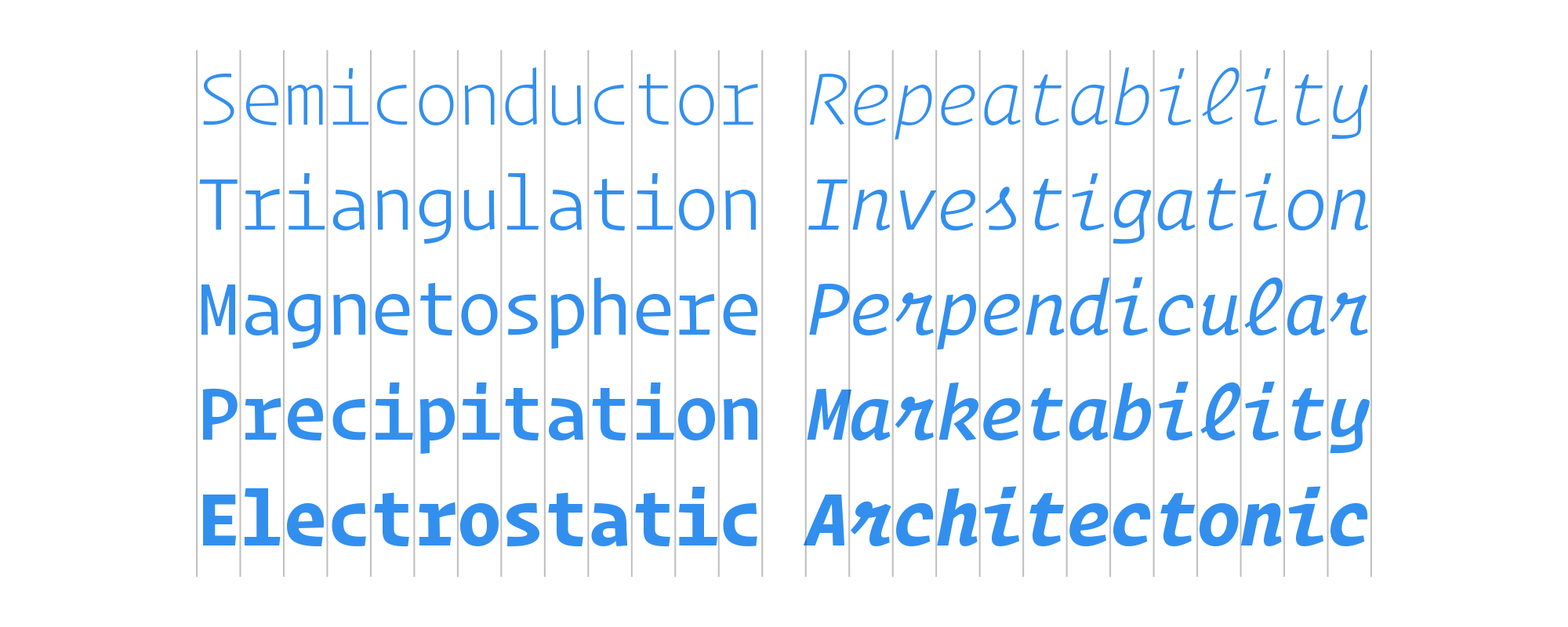The iPhones 11 Pro and iPhone 11: ‘They Look and Feel Like a Single Camera With Multiple Zoom Levels’ →
John Gruber, on Daring Fireball:
I keep mentioning that the iPhone 11 Pro has a three-camera system and the iPhone 11 a dual-camera system. And I’ll mention that again. But what’s essential to understand is that you don’t need to know that the iPhone 11 camera systems consist of two or three discrete cameras. From the user’s perspective, they look and feel like a single camera with multiple zoom levels […]
This works for 720p and 1080p at frame rates up to 60 FPS, and for 4K at 24 and 30 FPS. The exception is 4K 60 FPS — when shooting 4K 60 FPS, once you start recording, you’re stuck with the lens you started with.
This is one of the main reasons I decided to upgrade from my XS to the 11 Pro and while I wish everything worked at 4K and 60 fps, it’s not that big of a deal.
Another bit of magic. There are two new options in Settings → Camera: “Photos Capture Outside the Frame” (off by default) and “Videos Capture Outside the Frame” (on by default). When these options are turned on, when you shoot with the 1x or 2x lenses (wide or telephoto), the Camera app will use the next widest lens to capture additional footage outside the frame of the lens you’re shooting with. In post, this allows you to rotate the photo or video — typically, to fix a crooked horizon — without cropping. This seems to be, unfortunately, a bit buggy in iOS 13.0, but when it works, it’s amazing. At some point when Apple has more confidence in this feature, I expect it to be on by default for both video and photos.
Now this is something which I am excited to test. I wonder if it’s already fixed in the betas of iOS 13.1.
The new SF Camera font is delightful. Literally no one is going to buy an iPhone 11 just to get a slightly more industrial-looking font in the Camera app, but it’s a nice bonus. Update: OK, OK, we all know there’s at least one person who might buy an iPhone 11 just to get the new SF Camera font.
I’m actually disappointed John didn’t go into greater detail on the new SF Camera font — I was secretly hoping it would have a whole section in his review.



